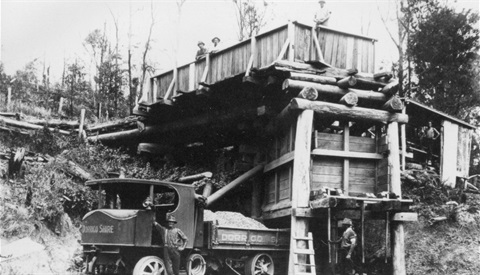Council history

Local government began in our region in 1906 when the Dorrigo Shire was established. Thomas O’Neill was the first Shire President, Mr WJ Hawthorne was Shire Clerk, and the Council office was in Mr Hawthorne’s rooms in South Grafton.
At that time, the shire extended from Dorrigo in the west to Coffs Harbour in the east and northward to the Clarence River. The population of the town of Coffs Harbour totalled only 600 people, living in 132 houses.
With Dorrigo Shire covering an enormous area, the decision was made in 1913 to divide it in two. The Northwestern section became Nymboida Shire, while Dorrigo Shire now encompassed Dorrigo, Coramba, Coffs Harbour, Woolgoolga and Glenreagh. The headquarters were established at Coramba.
As the town of Coffs Harbour grew, there was increased lobbying for it to be made a municipality in its own right - with the addition of Sawtell from Bellingen Shire. By 1951 the Dorrigo Shire Council headquarters had moved to Coffs, to the site at 218 Harbour Drive.
The new shire of "Coffs Harbour" was gazetted on 30 November 1956 and took in the area from just north of Repton up to Pipe Clay Beach and west to Brooklana. The first Coffs Harbour Shire President was Councillor Harry Bailey.
Purpose-built Council Chambers, staff offices and library were completed alongside a Civic Centre (Town Hall) in Vernon Street in February 1964. Keeping pace with the growth of the town, a new Council administrative building was constructed on the corner of Castle and Coff Streets in 1985.
In May 1987, the humble Shire of Coffs Harbour was finally proclaimed to be a City on and from 1 September 1987, with Councillor Bernie Malouf as its first Mayor.
The most recent change to the Local Government Area was in 2004, when the communities of Corindi and Red Rock were welcomed into the City of Coffs Harbour after a northern boundary adjustment.
Find more local history resources on our Libraries website
See more detailed demographic and economic data